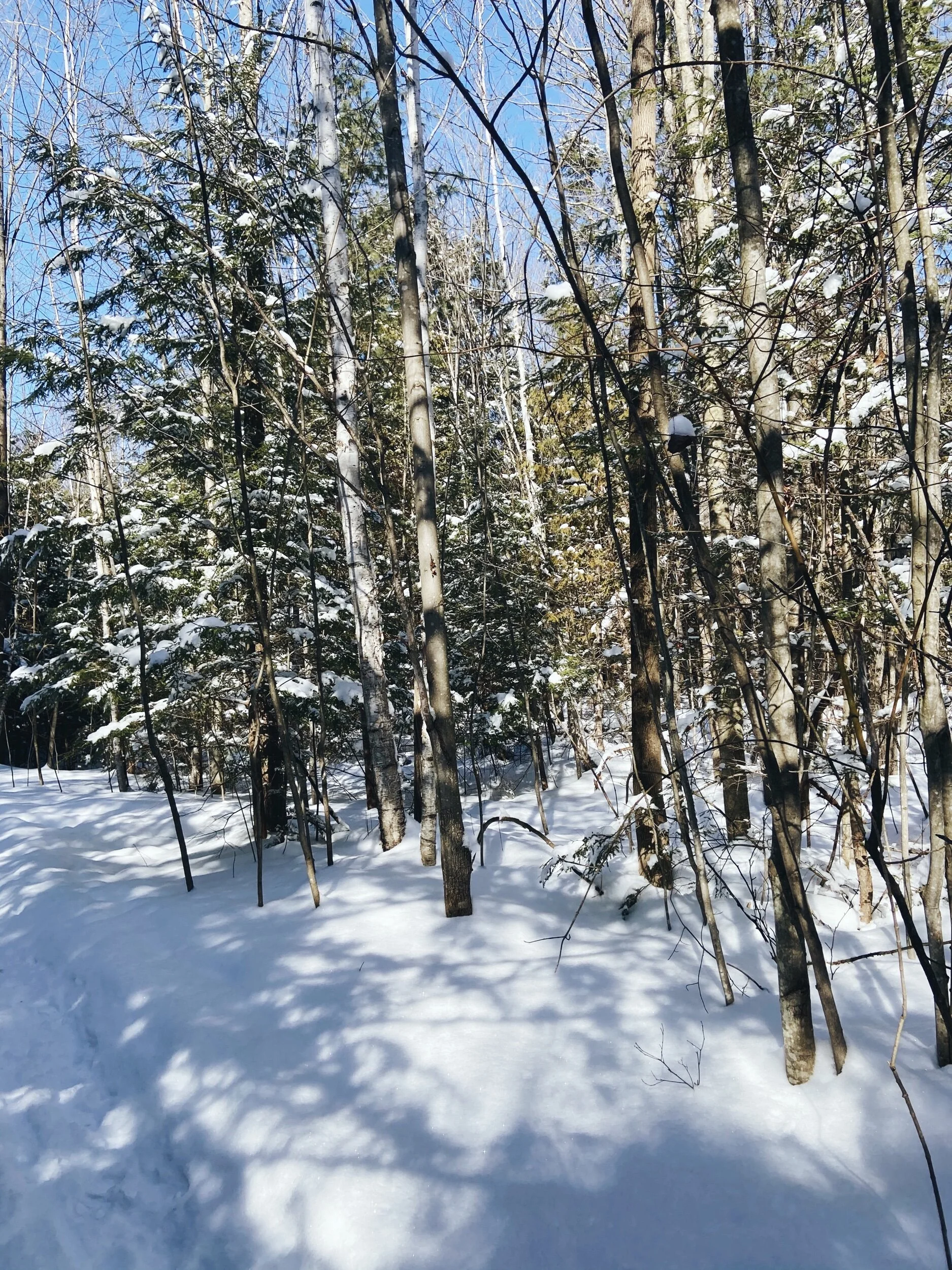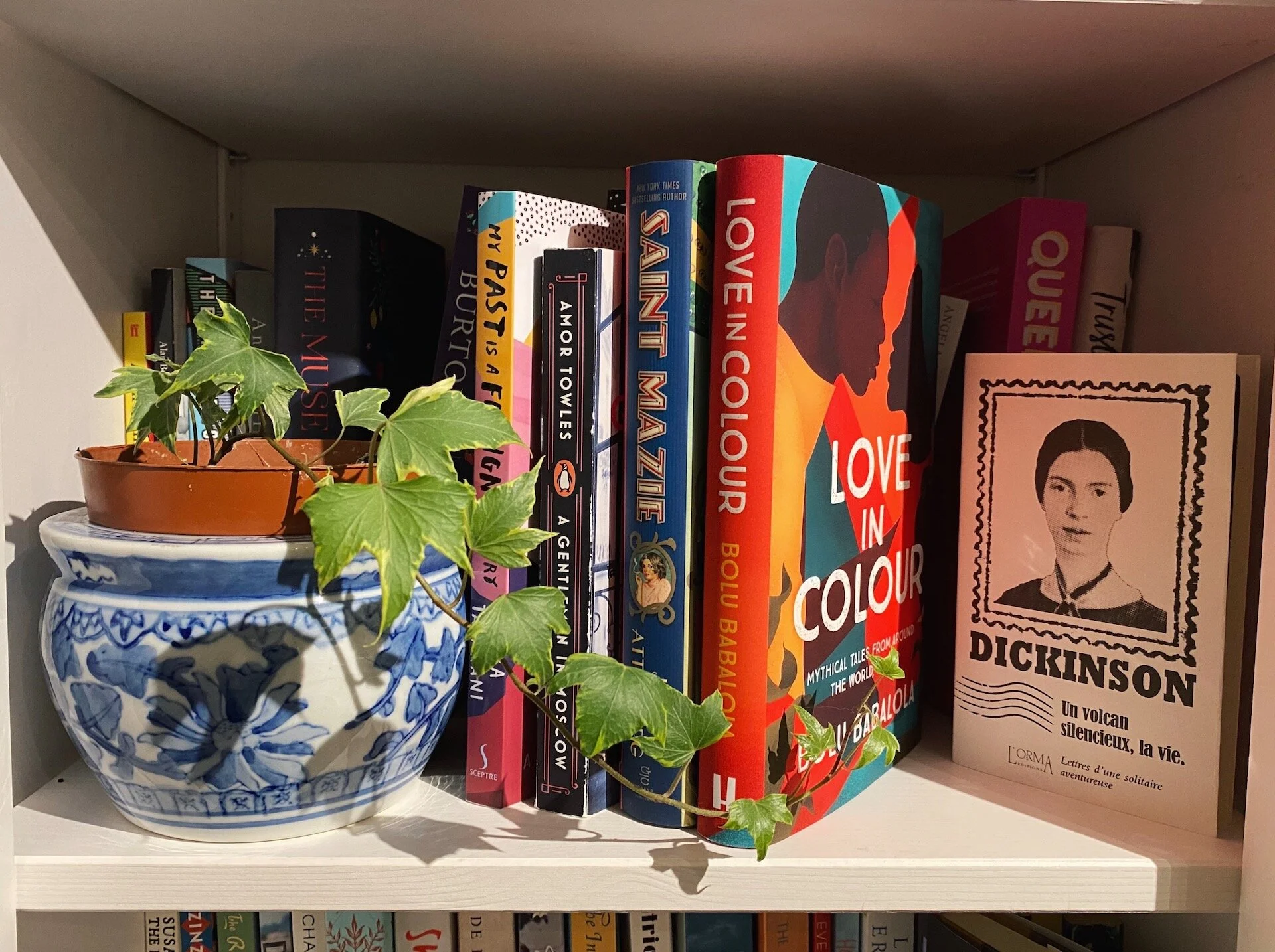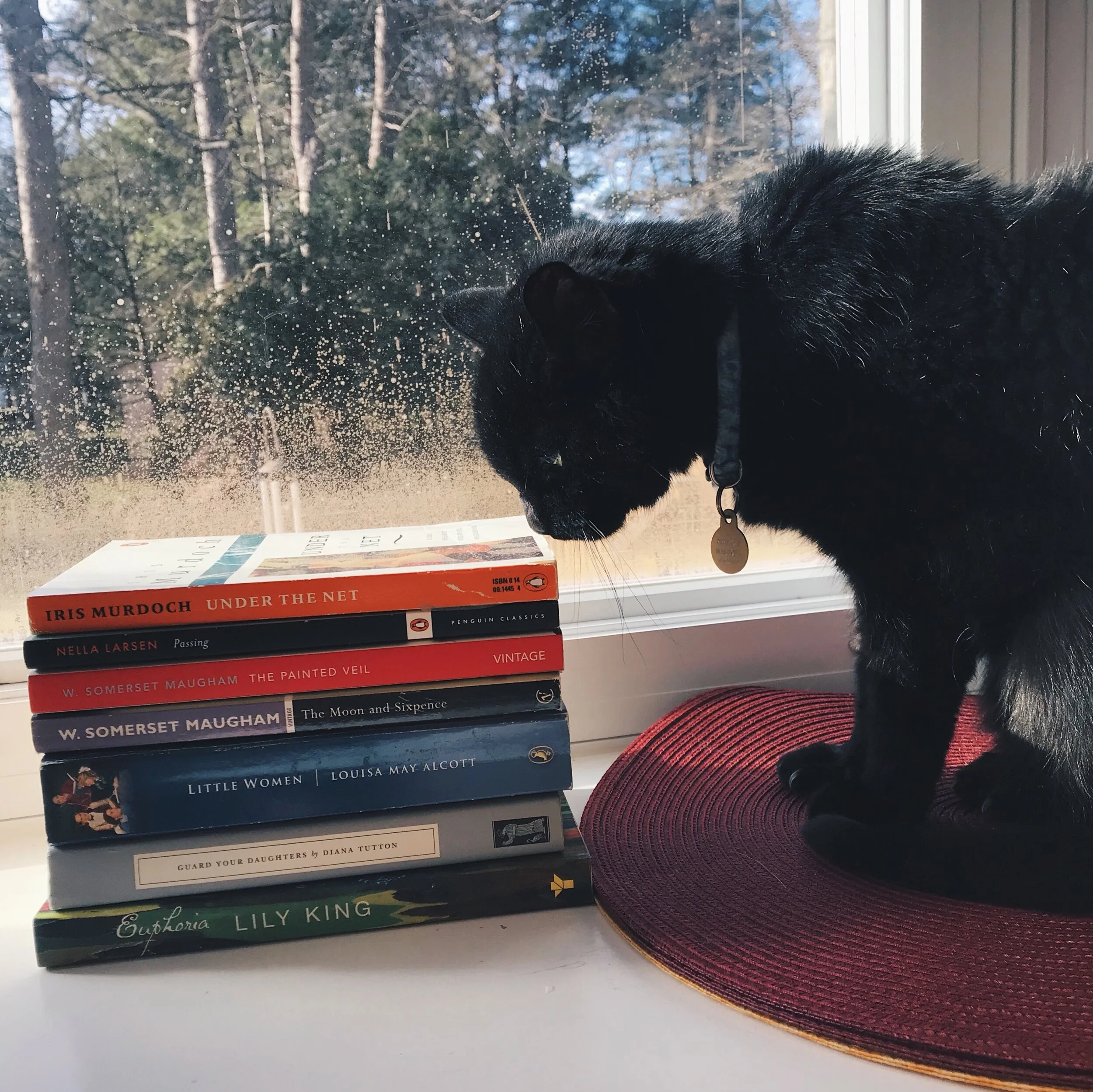Chasing Time and The Last Summer of Ada Bloom
Photo by Raquel Reyes.
“There was no reason why time, instead of stopping, could not also go around in circles like she was. Like the sun did. And the moon. And PJ, when he was about to lie down. If time kept always marching away from you, you had to run after it and keep up or you would be left behind like that deathly old windmill, rotting over the hole. Ada didn’t want to be nothing.”
It’s not rare to call a book a companion these days, with so little else to cling to if one finds themselves with the freedom to do anything, yet that distinct lonely inability to figure things out. I’ll admit, I have not been as productive as the rest of the isolated world seems to be, but I no longer hold it against myself. Yearning is something I fall into too easily, yearning for youth, for time, and yes, even for productivity. In yearning, Martine Murray’s The Last Summer of Ada Bloom has been my constant companion these last couple of months. Unable to focus on reading truly, anything else, this slim novel has been everywhere with me, clutched dutifully from bed to the kitchen and back again — chapters consumed in short bursts like fifteen minute episodes into a grand family drama, visited and revisited to remember where a certain member was while a certain incident occurred, analyzed to see what I may have missed later on, or organized in memory much like little Ada Bloom organizes and reorganizes piles of stones and trinkets, deciding which she likes best.
✦
The Last Summer of Ada Bloom tells the story of the Bloom family over the course of one very long, overwhelming Australian summer. We open with Ada, young and precocious and seeking adventure, but it’s her quiet depth that shakes those close to her constantly to their core. Whispering knowing sentences, distributing pointed, accusatory looks; Ada has the capacity to pull her entire family apart. The ability seems genetic amongst the Bloom family, with each member harboring their own isolating, internal struggles waiting to burst forth. What makes you love Ada in particular is that she does everything in her power to prevent that exact combustion from happening. Over the course of events both past and present, the Bloom family stumbles through various pains of growth. Tilly and Ben, older siblings on the cusp of adulthood, playing along for all of the wrong reasons and as unready to face the world as Ada is to lose them. Their parents, distractedly fighting their own monotonous adulthoods and seeking to regain the youth they see so vibrantly in their own children. They are each defiant to the catalysts of their own creation, but time is slipping and they have no choice but to move forward.
“She advanced into that large room of honeyed light and silk and promise, a tiny dark-haired dart of a girl swathed in dark green, like a blot of ink. She inched forward so tentatively and stubbornly that she broke the spell of it all, as if until everything else had been made of glass, and there she was, so unable to smooth herself down that she tore the evening’s murmuring surface.”
Martine Murray writes beginnings and innocence like intoxication, swirling and beguiling, a haze above your head where everything is sparkling, “brand new and heroic too.” She writes loss and endings as a yearning like the migraine-inducing hangover that makes you wish you never went to sleep — consuming, painful, angry, real. The family novel is not one we are unfamiliar with; in fact it is so beloved I walk into every one I choose with both fear and anticipation, for the flawed characters I have yet to know and the struggles I will likely feel with them, that equation so consistent and relatable. Murray does not disappoint, and had this family not been of her own creation, I doubt anyone else would have done them proper justice. All together they suffer the consequences of actions that pull them in different directions, the innocence that is gone yet overtakes their desires, and the results of a summer that leaves them changed forever. Every act is handled affectionately by Murray’s delicate, lyrical prose; every perspective given its moment. They are a family growing up. They run in circles, chasing their innocence, and run in time searching for a future together. They refuse to be nothing. (Forgive my own unfortunate, rotting brain — ) The Bloom family blooms.
“They are a family growing up. They run in circles, chasing their innocence, and run in time searching for a future together. They refuse to be nothing.”
It’s hard not to feel a familiarity with a novel after holding on to it for so long, but the words within as well evoke an odd familiarity to time as it runs ahead of us now. The universal feeling of a world changing, darkness uncontrollably taking from us like a source unwillingly presented. Life as we knew it is at the cusp of an ending, and all we can do is stumble through what comes next until we find ourselves on the other side, once again new and growing like Ada Bloom. If I could ask anything of how she’ll fare, I’d want to know everything. It is after all, only one summer, (and we) and the Bloom family have so much more to go, so many secrets left unturned and futures undiscovered. Where other novels might end, Murray continues her hazy swirl and leaves us yearning.
Fans of Costalegre, Nothing To See Here, and family novels in general should absolutely make note of this one.
Martine Murray's The Last Summer of Ada Bloom is available now from Tin House Books. If you would like to support The Attic on Eighth and independent booksellers, you can purchase through our affiliate Bookshop.
This post is not sponsored and all opinions are my own, however I was generously gifted a copy. Thank you once again to Tin House!
Raquel Reyes is Creative Director at The Attic on Eighth. She enjoys styling photo shoots, old fashioned cocktails, and reading every book published on a single topic she can find.










Reading Naoise Dolan’s Exciting Times and Katie Kitamura’s Intimacies, Rachel Tay explores the unease of moving away from one’s own country and language.